Depending on the structure of the inner ear, that of a Inner ear infection is affected, the affected person will show different symptoms. Early therapy measures often have a positive effect on the healing process.
What is an inner ear infection?

© elvira fair - stock.adobe.com
The Inner ear infection is also called in medicine Labyrinthitis designated. Inner ear inflammation can affect various structures in the inner ear, including the so-called cochlea (which, in connection with the human brain, gives a hearing impression) and the organ of equilibrium.
Depending on the area of the inner ear that is affected by inflammation, the affected person may experience different symptoms. Symptoms of an inner ear infection include, for example, earache, tinnitus (in which the person concerned perceives noises although there is no external source of noise) and hearing loss, as well as nausea and dizziness.
If an inner ear inflammation is very pronounced or if it is not adequately treated medically, the resulting hearing loss can also result in complete hearing loss.
causes
A Inner ear infection can have different causes. The inflammation can either arise directly in the inner ear or spread from other areas of the ear (such as the middle ear) to the inner ear.
Possible external causes of an inner ear infection include injuries to the ear or surgical interventions on the ear. An inner ear infection that is caused by infections in other parts of the body is caused, for example, by bacteria or viruses:
If there are corresponding germs in the blood, they can reach the inner ear via the meninges and auditory nerve and cause inflammation there. If an inner ear infection is bacterial, it is usually caused by an existing otitis media or meningitis (an inflammation of the meninges) that spreads into the inner ear.
Possible causes of a viral inner ear infection are, for example, inflammation of the upper respiratory tract (e.g. the nose or the paranasal sinuses) that spread to the inner ear.
Symptoms, ailments & signs
An inner ear infection manifests itself primarily as severe ear pain. The pain is usually associated with a cold or flu and develops gradually. In the course of the disease, hearing problems up to and including hearing loss can develop. Many people suffer from tinnitus or dizziness.
Often there are nausea and vomiting as well as a general malaise. If the inner ear infection progresses, the symptoms increase and there is a risk that the inflammation will spread to surrounding areas of the body. In the worst case, the affected person completely loses their hearing. Due to the hearing problems and the persistent pain, sleep disorders often occur, which can lead to tiredness, irritability and similar secondary symptoms.
In individual cases, the inner ear infection spreads to the middle ear, from which a serious infection can develop. Externally, inflammation of the inner ear cannot usually be detected. However, there may be a slight reddening in the area of the ear entrance, and fluid occasionally leaks out of the ear. With early treatment, the symptoms and complaints will subside on their own after a few days. The hearing problems can persist for a few days to weeks after recovery.
Diagnosis & course

To a present Inner ear infection To diagnose or to identify the organs of the inner ear affected by the inflammation, various diagnostic methods must be used. These procedures include, for example, what is known as otoscopy (otoscopy); Otoscopy enables the attending physician to view the external auditory canal with a medical instrument.
With the help of what is known as audiometry (the measurement of hearing through hearing tests), any hearing loss caused by an inner ear infection can be checked. Further diagnostic options for checking an inner ear infection include, for example, balance examinations or the implementation of so-called imaging procedures (such as computed tomography / CT).
The course of an inner ear infection differs depending on the patient and the extent of the inflammation. The healing process for an inner ear infection can vary from a few days to several months. In the case of an inner ear infection, severe symptoms often occur, especially during the first few days, which then gradually subside. Persistent damage such as dizziness is rare, but possible.
Complications
In most cases, inner ear infection can be treated relatively well if treatment is started early. There are no particular complications or complaints and no consequential damage occurs. In most cases, those affected by the inner ear infection suffer from severe ear pain and, as the disease progresses, also from hearing loss.
Failure to receive treatment can result in complete loss of hearing. There may also be noises or tinnitus in the ear. These noises significantly reduce the quality of life and can also lead to sleep problems at night. It is not uncommon for the patient to be irritated by the inner ear infection in general and to suffer from nausea.
The diagnosis of this inflammation is usually relatively simple, so that early treatment is also possible. The treatment of the inner ear infection is done with the help of drugs and antibiotics. There are no complications and the symptoms can be well limited. However, the person affected must be careful with their ears. There is no permanent damage, and life expectancy is not reduced by this inflammation.
When should you go to the doctor?
Sudden feelings of dizziness, unsteady gait or vomiting indicate health problems. A doctor should be seen if these symptoms persist for several days or recur. In the event of ringing in the ears, tinnitus or numbness, it is necessary to have a check-up carried out as soon as possible. Impaired hearing, balance problems, or uncontrolled eye movements are all causes for concern. A doctor should be consulted so that the complaints can be clarified. If there is pain in the ear or head, a feeling of pressure inside the head or a pulling sensation in the ear, a doctor should be consulted.
If existing pain increases or sleep disorders or attention deficits set in, a medical examination must be initiated. If an unusually large amount of secretion collects in the ear or if this secretion smells strange, a doctor's visit is necessary. If existing symptoms spread or if they intensify, a doctor should be consulted. If the daily performance requirements can no longer be met or if there are problems performing sports activities, a doctor must examine the symptoms. If the inflammation spreads, the person concerned is at risk of life-long impairment without treatment. A visit to the doctor is therefore recommended at the first discrepancy. If itching in the ear, differences in hearing perception and changes in speech, a doctor is needed.
Treatment & Therapy
An individual therapy of the Inner ear infection can be done in several ways. For example, acute symptoms of an inner ear infection can be treated with medication; Among other things, analgesic and / or anti-inflammatory drugs are used here.
In order for medication to be used effectively, it is first important to know whether an inner ear infection was caused by bacteria or viruses in the person affected: If bacteria are responsible for an inner ear infection, antibiotics can be used. If, on the other hand, viruses have caused the inflammatory process, doctors often prescribe antiviral drugs.
If the inflammation is neither viral nor bacterial (for example, as a result of injuries), drug treatment can be limited to anti-inflammatory agents. The drug treatment of an inner ear inflammation can be supplemented, for example, with infusions that promote blood circulation.
If an inner ear infection is accompanied by prolonged vomiting, this can lead to high fluid loss; In individual cases, a short-term stay in hospital can be useful. If meningitis has led to inner ear inflammation, surgical interventions may be necessary in severe cases.
You can find your medication here
➔ Medicines for earache and inflammationOutlook & forecast
Inner ear infections can be treated well. If the inflammation is detected early, the prospect of a quick recovery is good. However, typical symptoms such as pain or impaired hearing can persist for a few days. In addition, the prescribed anti-inflammatory drugs can sometimes lead to side effects. Then the patient may have to take alternative therapy measures. In general, however, the prognosis is positive. Serious complications can only arise in the event of inadequate or no treatment.
An inner ear infection can spread to the middle ear and surrounding areas, leading to hearing loss. In severe cases, this hearing loss is permanent, resulting in severe restrictions in everyday life and often psychological problems as well. Labyrinthitis in children has a slightly poorer prognosis because the ear canals are still growing. In severe cases, permanent damage occurs that permanently impair hearing. There are also risks in pregnant women and in people with previous illnesses such as immunodeficiency or an existing hearing impairment. These high-risk patients can improve the prospect of a full recovery by getting the inner ear infection cleared up quickly.
prevention
There is one thing to prevent Inner ear infection for example, by treating other inflammations in the head area at an early stage.In order to counteract the worsening of symptoms and / or possible long-term or long-term consequences if the inner ear is already inflamed, it is particularly important to see a doctor early (as soon as the first symptoms occur).
Aftercare
After the inner ear infection has cured, patients must have a final medical examination. The ear, nose and throat doctor will check the inner ear one more time to check for any inflammation, secretions or redness. Finally, a patient interview will be held to clarify any open questions and to ensure that the inner ear infection has completely subsided.
In most cases, no further follow-up examinations are necessary. In the case of chronic labyrinthitis, the patient and doctor must consult closely, as the nature and intensity of the symptoms can vary widely. Sleep disorders and gastrointestinal complaints in particular need to be monitored by a doctor if they keep recurring.
In the long term, further diseases can occur and lead to massive restrictions in the quality of life. Therefore, patients should consult a doctor closely. As part of the follow-up care, which is carried out by the competent ENT doctor, medication such as pain relievers or anti-inflammatories may have to be taken.
Accompanying this, a successful follow-up always includes prevention. Labyrinthitis can quickly develop into a chronic disease if possible causes such as poor personal hygiene or persistent noise pollution of the inner ear are not corrected. The task is to identify the triggers and fix them.
You can do that yourself
In the case of labyrinthitis, it is important that the symptoms are correctly interpreted and that adequate treatment is started as soon as possible. The patient can best contribute to this. An inner ear inflammation must by no means be played down and only treated yourself. If you notice severe dizziness, nausea and impaired hearing, you should not dismiss this as the beginning of a cold, but consult an ear, nose and throat specialist immediately.
If labyrinthitis is diagnosed, the patient should rest for some time and stay in bed if possible. This also reduces the risk of accidents, which is greatly increased in labyrinthitis due to the often attacked balance organ. In addition to the therapy prescribed by a doctor, warmth helps very well against pain and feelings of pressure in the ear. For this purpose, the ear can be irradiated with red light or simply a hot potato wrapped in a towel can be placed on it.
The ears should also be spared during this time. Reading is therefore a better pastime than watching loud TV or noisy video or computer games. The use of headphones and earplugs should also be avoided until the otitis media has healed.

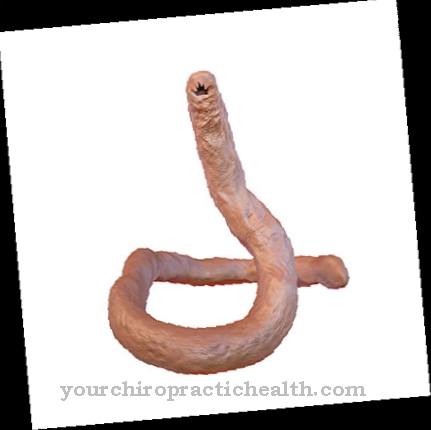

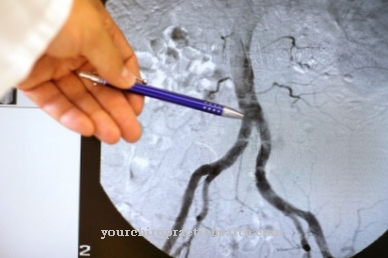

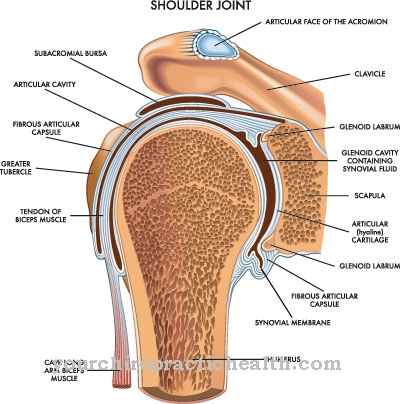









.jpg)




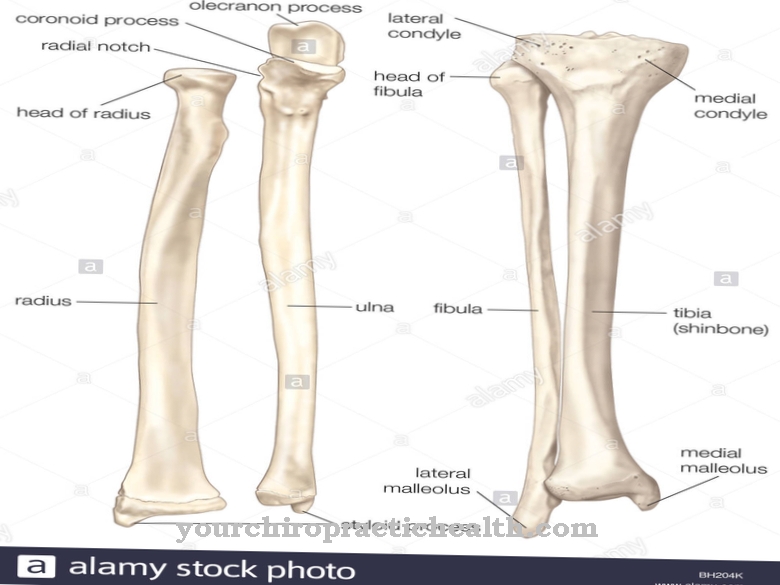
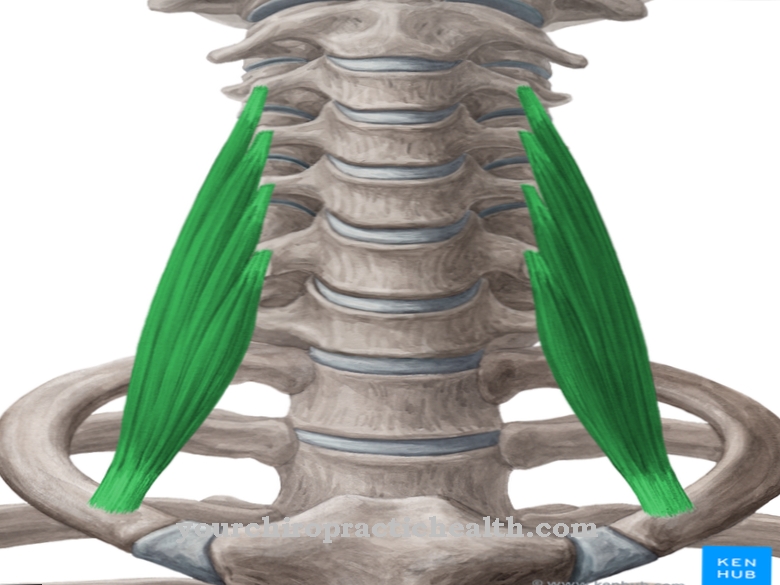

.jpg)




